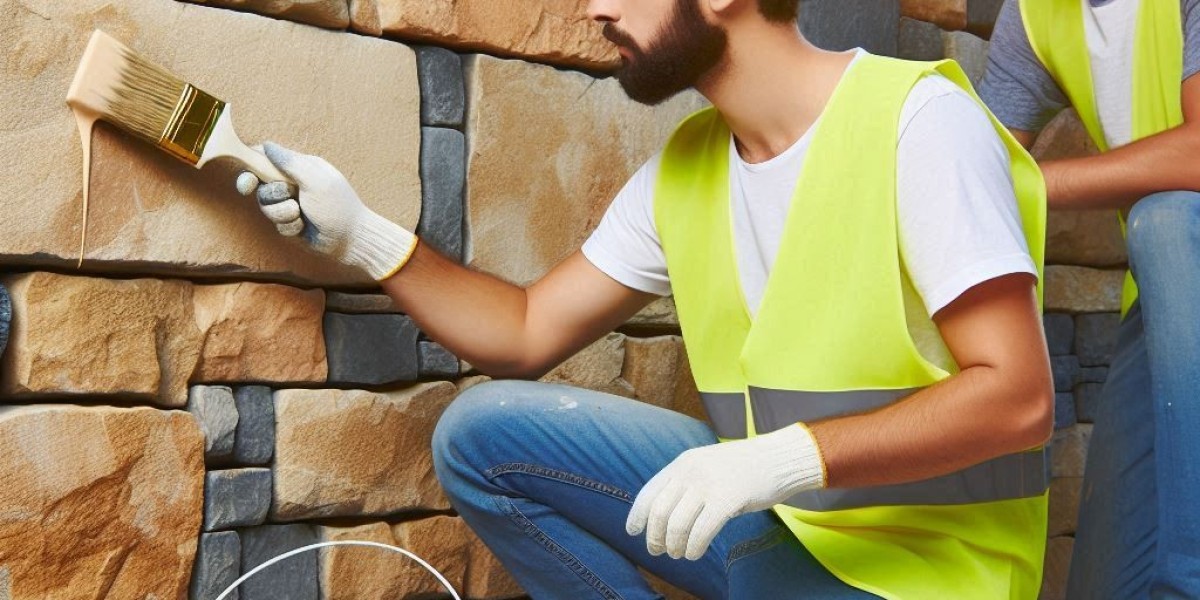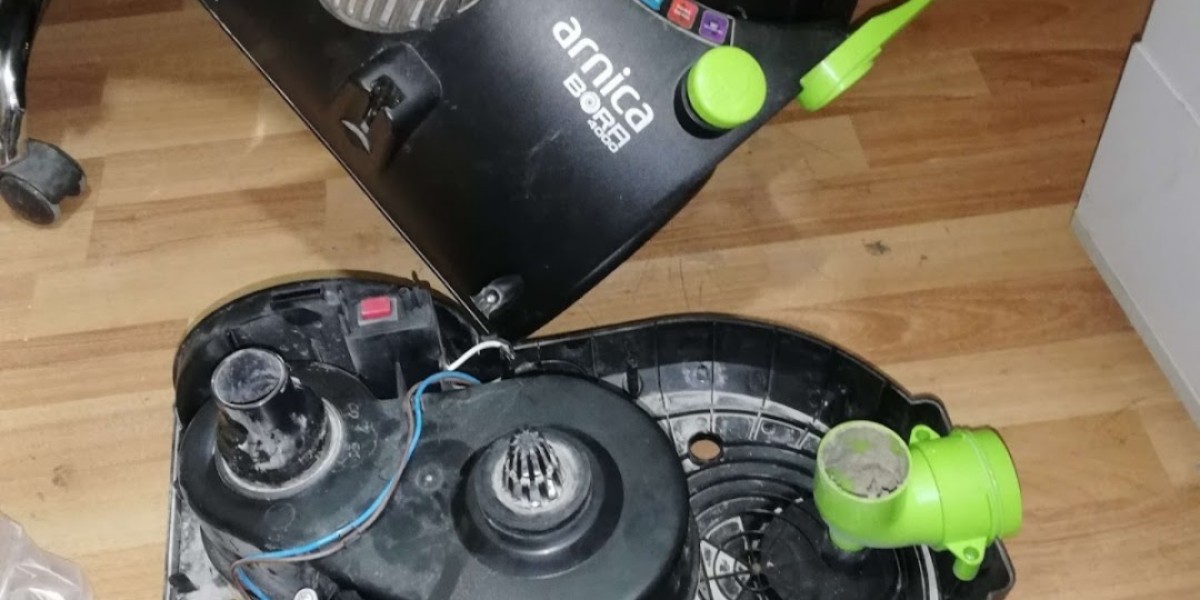Limestone is a popular natural stone material used in both interior and exterior spaces, known for its beautiful, earthy appearance and durability. However, like all natural stones, limestone is porous and can easily absorb liquids, leading to stains, discoloration, and long-term damage. Applying a limestone sealer is an effective way to protect your stone surfaces and preserve their beauty for years to come. In this article, we’ll explore what limestone sealers are, their benefits, and how to choose and apply the right one for your surfaces.
What is Limestone Sealer?
A limestone sealer is a protective coating applied to the surface of limestone to prevent water, oil, dirt, and other substances from penetrating the stone. Limestone’s natural porosity means it can absorb liquids quickly, which can lead to stains, mold, or weakening of the stone over time. A sealer works by creating an invisible barrier that keeps liquids and contaminants out while allowing the stone to "breathe" and release moisture naturally.
Why is Sealing Limestone Important?
Limestone is widely used in various applications, such as countertops, flooring, patios, and walls. Without proper sealing, limestone can become vulnerable to damage from everyday use and environmental exposure. Here are some of the key reasons to apply a limestone sealer:
- Stain prevention: Spills from liquids like wine, oil, or acidic substances can permanently stain limestone if left untreated. A good sealer protects the stone from absorbing these liquids.
- Moisture protection: Outdoor limestone surfaces, such as patios or walkways, are constantly exposed to rain and humidity. Sealing helps prevent water penetration, which can cause the stone to crack or develop mold.
- Durability: Sealing limestone improves its longevity, reducing wear and tear caused by foot traffic, spills, and environmental factors.
- Ease of cleaning: Sealed limestone surfaces are easier to clean because dirt and debris sit on the surface, rather than being absorbed into the stone’s pores.
How to Apply a Limestone Sealer
- Applying a limestone sealer is a straightforward process:
- Clean the surface: Ensure the limestone is clean and free from dirt, dust, or stains before applying the sealer.
- Apply the sealer: Use a clean brush, roller, or sprayer to apply an even layer of sealer to the surface.
- Let it dry: Allow the sealer to dry for the recommended time on the product label.
- Apply additional coats if needed: Some sealers may require more than one coat for optimal protection.
Limestone sealer is an essential investment for maintaining the appearance and durability of your limestone surfaces. Whether used indoors or outdoors, sealing helps prevent stains, water damage, and everyday wear and tear. By choosing the right type of sealer and applying it correctly, you can ensure your limestone remains beautiful and protected for years to come.







